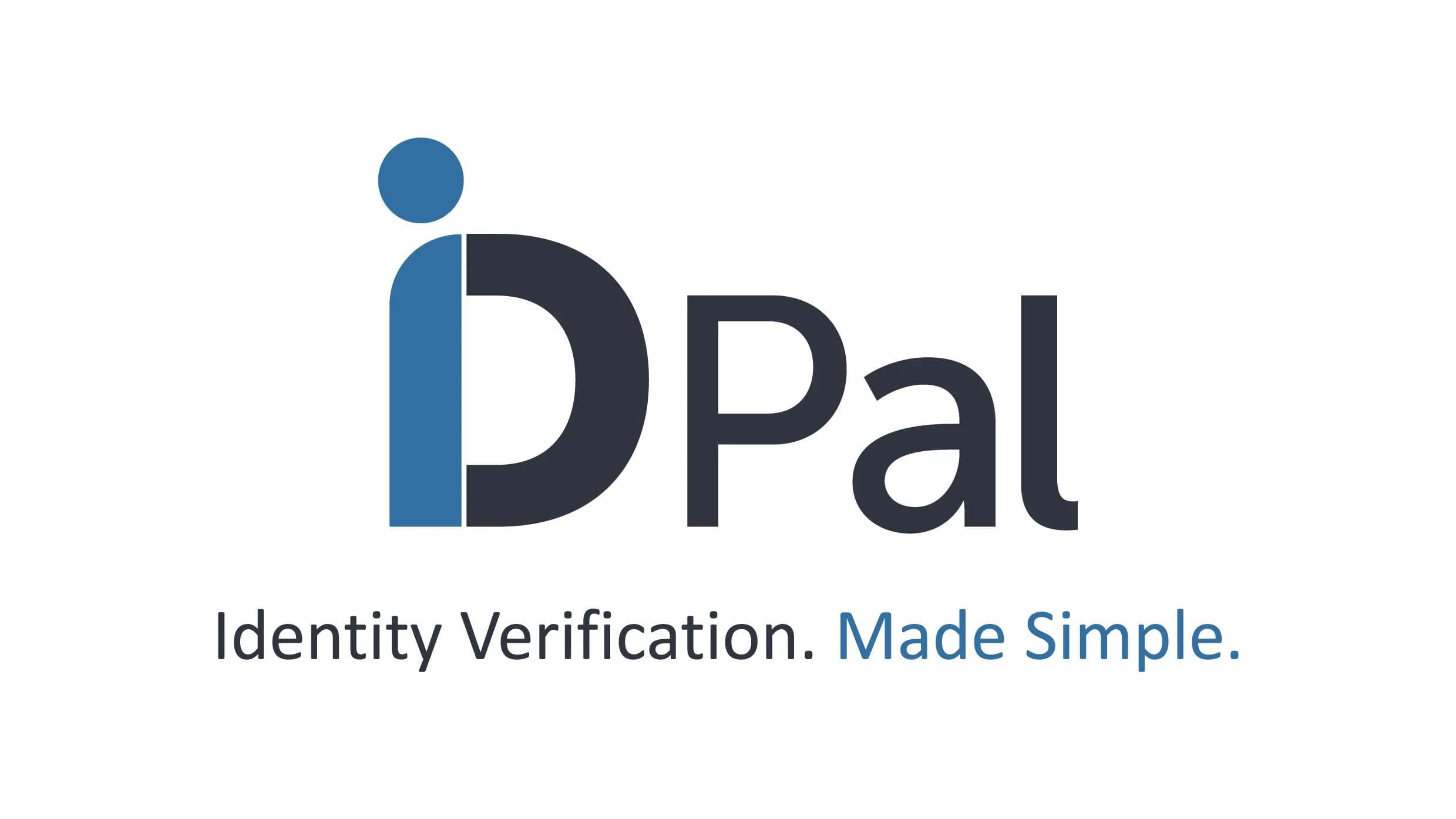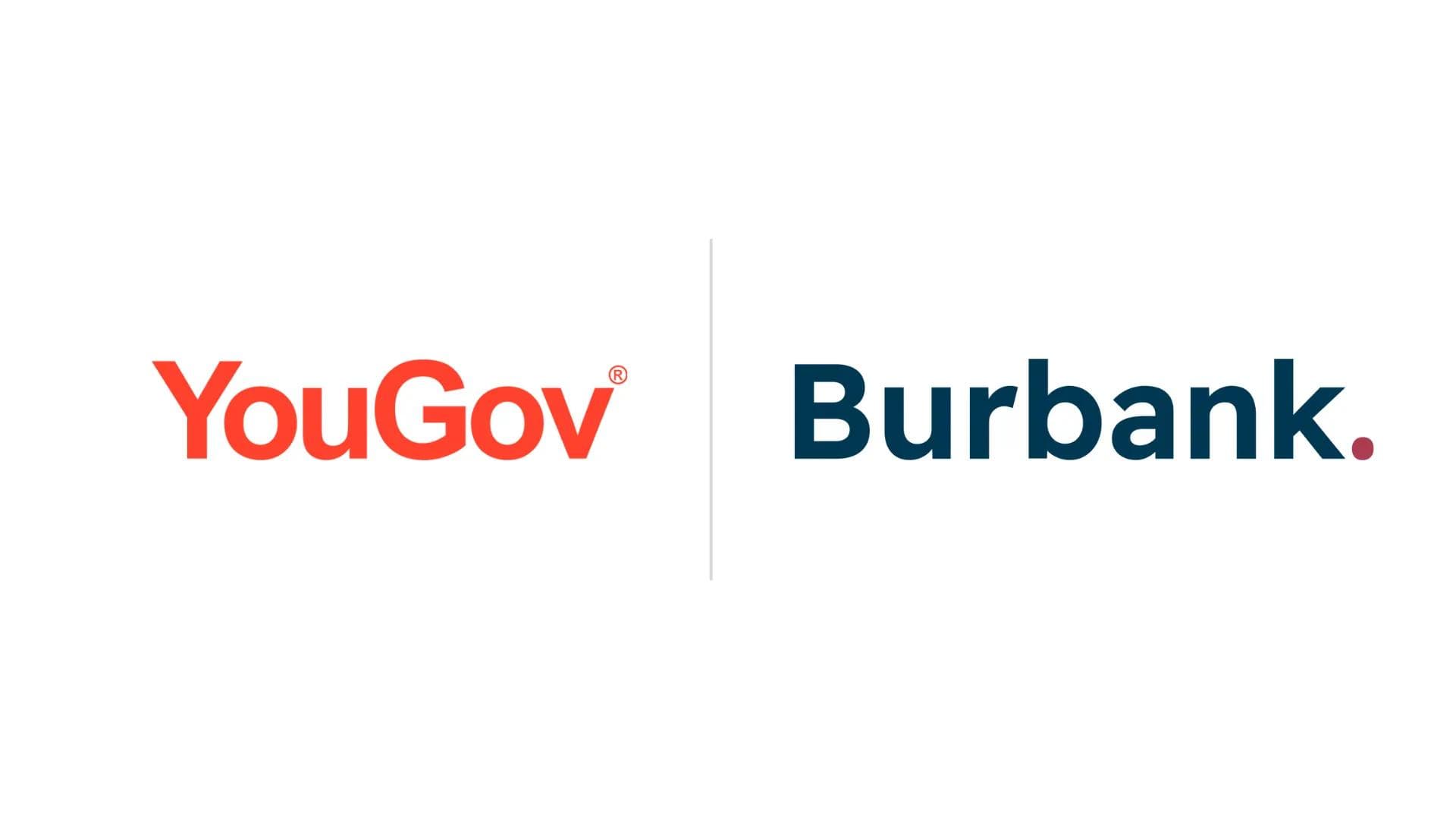LOM architecture and design has been selected to design a state-of-the-art facility that will be Santander’s new world-class digital hub workplace facility. Located in Milton Keynes, the new complex is anticipated to open in 2022, subject to planning, and is expected to accommodate over 5,000 employees.
Santander are the leading employer in Central Milton Keynes.
The brief called for a workplace campus that would foster an agile, sustainable and innovative workplace for the future, reinforcing Santander’s global reputation as ‘the best bank to work for’.
LOM’s winning concept for developer Osborne and Co envisages an entirely new typology of office building for the banking sector, creating a stronger sense of community for Santander staff and a stronger identity for the bank within the wider Milton Keynes community. The campus will provide a sustainable future for the bank, both environmentally and economically. The new digital hub will support and foster collaboration and growth, while reinforcing the reputation of Milton Keynes as a centre for tech innovation. LOM’s design aims to increase permeability and access through the building and the site.
The ground level is conceived as an open, fluid, publicly accessible and flexible space that can be reconfigured and ‘curated’ to suit changing requirements. The design concept proposes a community ‘destination’, where pedestrian activity is enlivened by ‘pop up’ retail units – creating a vibrant and attractive environment for both bank staff and the wider community.
The new building will support health and wellbeing, including a fitness centre, cycle storage and a restaurant and café offering healthy food options. The working environment is informed by a biophilic approach – maximising natural light and ventilation to enhance air quality and encourage direct connections with nature. A sequence of three naturally-lit, connecting atria feature imaginatively planted linear gardens. The upper floors of the building offer flexible workspace arranged around these internal atria.
The proposed site occupies a prominent position opposite the station square and is immediately visible on arrival into Milton Keynes by train.
Nathan Bostock, Chief Executive, Santander UK, comments: “We are excited to be sharing our proposals for this major investment in Milton Keynes, reflecting our long-term commitment to the local area. We want a workplace which truly reflects our culture and our vision for the future, which is based on innovation and harnessing new technology to make banking simpler and more personal for our customers.
“Milton Keynes is already one UK’s leading technology hotspots, and with the new MK:U university on the horizon, we believe it is set to become an even greater magnet for technology talent. Our proposed new campus will give us a world-class home in Milton Keynes, which both our colleagues and the local community can take pride in.”
Richard Hutchinson, Director, LOM, adds:
“Conceived as a ‘compact campus’ Santander’s new digital hub will create a state-of-the-art workspace, offering flexibility and encouraging community engagement through innovative design and place making.”
Conor Osborne, Director, Osborne and Co, adds: “We are naturally delighted to have been chosen as Santander’s development partner. Its new UK digital hub in Milton Keynes will set a benchmark for large scale developments in this country – and we are excited to build a world-class facility tailored exactly to their needs.”
Guy Wellings, Project Director, WSP says: “With the future in mind for Santander’s new Digital Hub in Milton Keynes, we have thought meticulously about all areas of the engineering, transport and environmental practices of the building in order to provide a smart, sustainable, connected and structurally unique work space that promotes an innovative and contemporary identity for Santander. We look forward to preparing for the next stages and continuing the exciting transition to the new culture of future workplaces.”

























